In Photos: Explore WWII Shipwreck in Virtual Reality
SS Thistlegorm
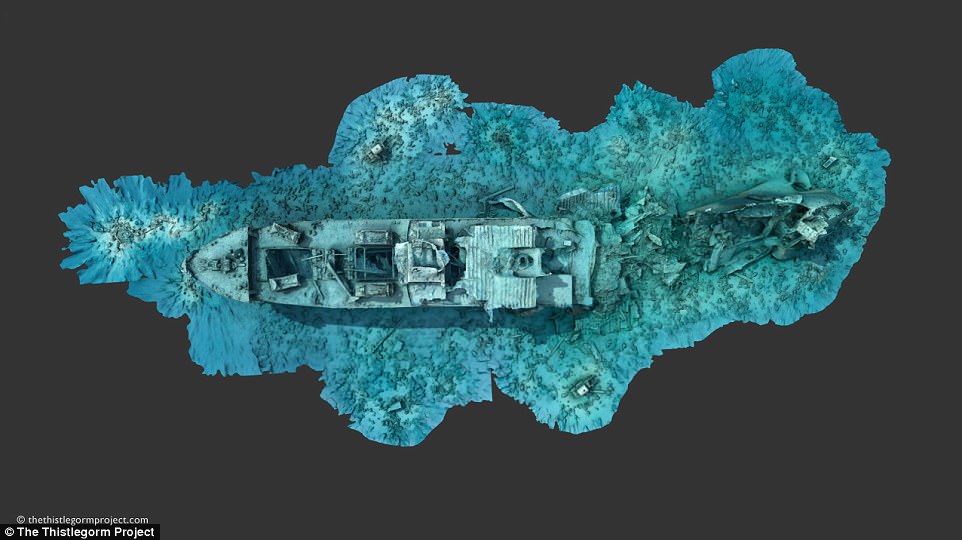
A famous shipwreck and diving site in the Red Sea has been recreated on the web in virtual reality by a team of marine archaeologists and imaging specialists.
The Thistlegorm Project, which went online this month, includes a highly-detailed three-dimensional model of the British freighter SS Thistlegorm, which was carrying a cargo of Allied war supplies to the Egyptian city of Alexandria when it was sunk by German bombers in 1941.
The project website also features 360-degree video clips of several key locations around the wreck. [Read more about the SS Thistlegorm project]
Filming the wreck
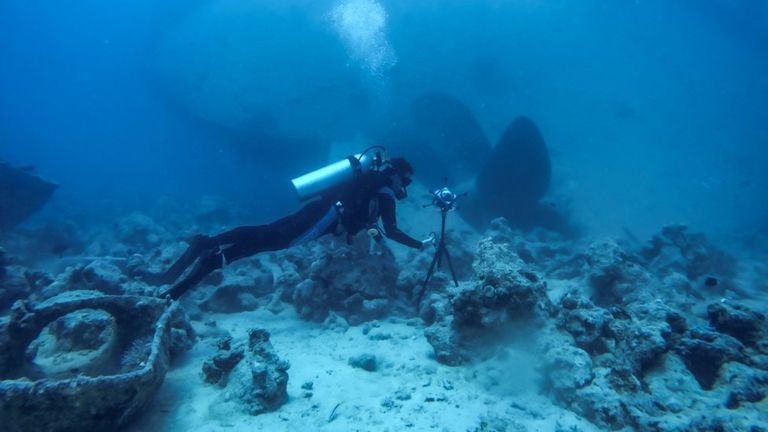
Simon Brown, a photogrammetric consultant with the Thistlegorm Project, made 12 dives totaling more than 13 hours underwater to shoot photographs of the giant shipwreck.
Tens of thousands of photographs were needed to image the entire wreck, which covers an area of more than 28,000 square meters (301,000 square feet).
3D data
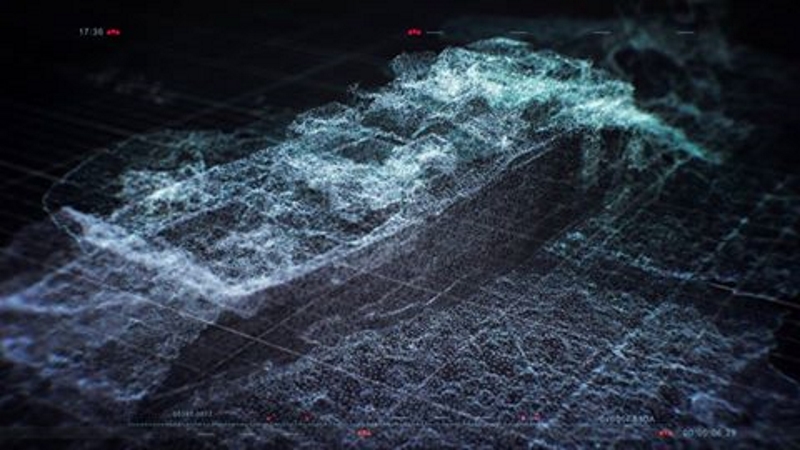
Brown then analyzed his photographs of the wreck using photogrammetric software, which can extract 3D data from sets of calibrated photographs.
The vast amounts of 3D data from the photographs was then used to create an accurate 3D model of the wreck of the Thistlegorm where it now lies on the seafloor near the tip of the Sinai Peninsula, at a depth of around 30 meters (90 feet).
3D model
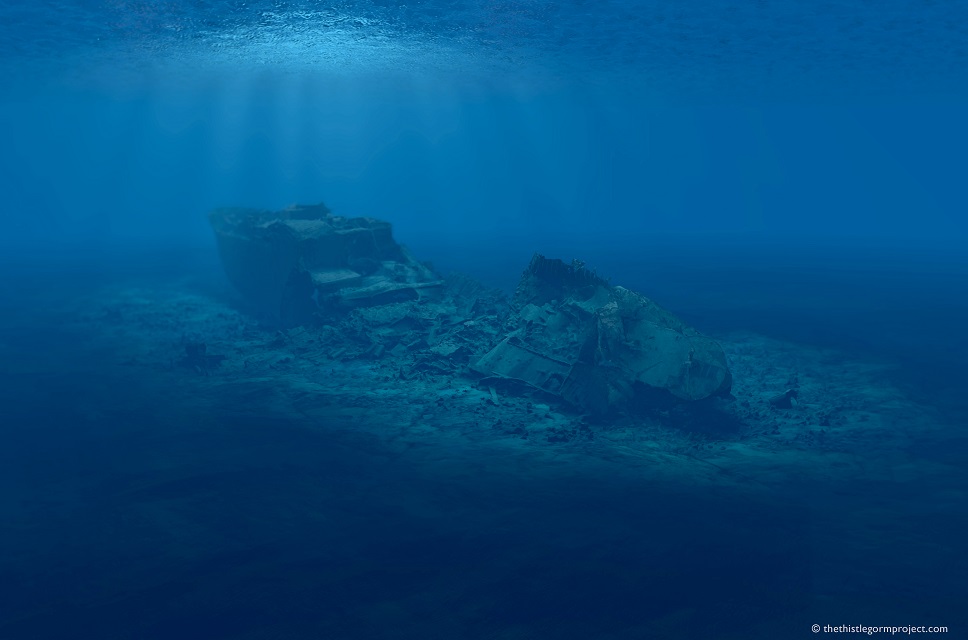
The finished 3D model of the Thistlegorm wreck, presented on the project website, is based on data from more than 24,000 underwater photographs.
It is the largest photogrammetric survey of an underwater wreck yet undertaken. [Read more about the SS Thistlegorm project]
Shipping freighter
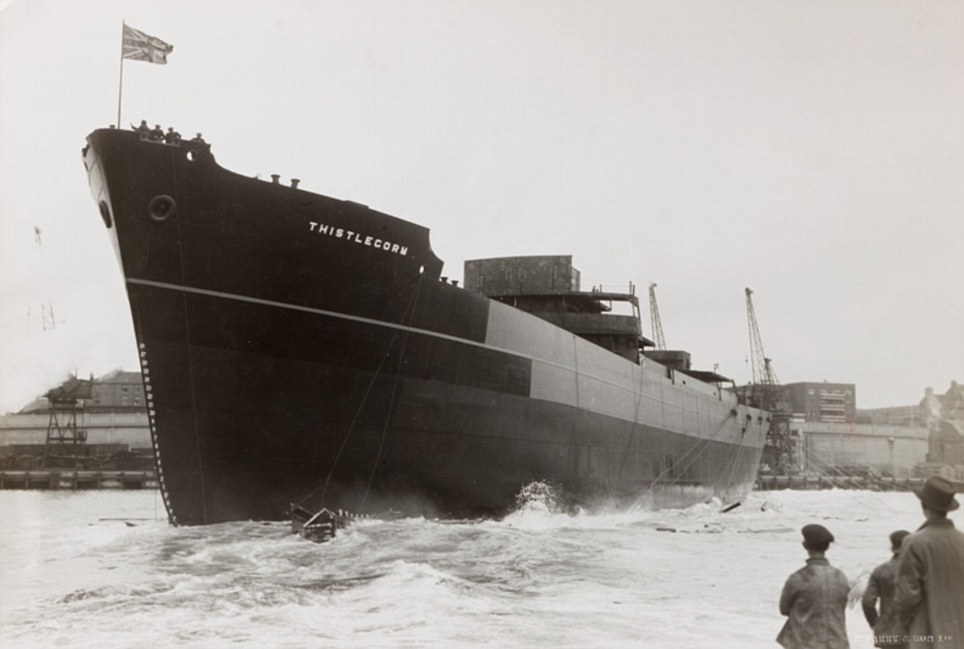
The SS Thistlegorm was built in Sunderland in north-east England for the Albyn Line shipping company, and launched in 1940.
As an armed freighter partly financed by the British government for wartime service, the Thistlegorm was equipped with an anti-aircraft gun and a heavy machine gun.
War supplies
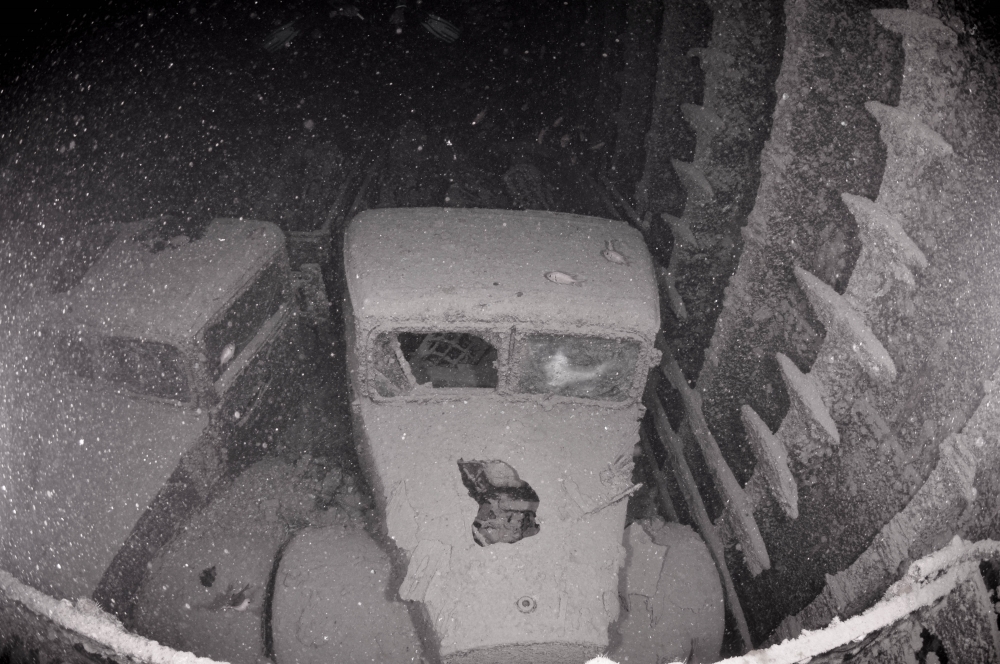
When the SS Thistlegorm was spotted by German bombers near the entrance to the Gulf of Suez on the night of October 6, 1941, it was carrying a full hold of Allied war supplies to the Egyptian city of Alexandria.
The entire ship and its cargo – including trucks, tanks, aircraft parts, ammunition and steam locomotives – was sent to the bottom when the Thistlegorm was hit by two bombs dropped by a Heinkel bomber.
Sunken cargo

The wreck of the SS Thistlegorm was rediscovered in the 1950s by the pioneering French diver Jacques Cousteau.
Since the development of the nearby Egyptian town of Sharm El Sheikh as a dive resort in the 1990s, the Thistlegorm with its spectacular sunken cargo has become one of the world's most popular wreck diving sites.
Sign up for the Live Science daily newsletter now
Get the world’s most fascinating discoveries delivered straight to your inbox.
Joint effort
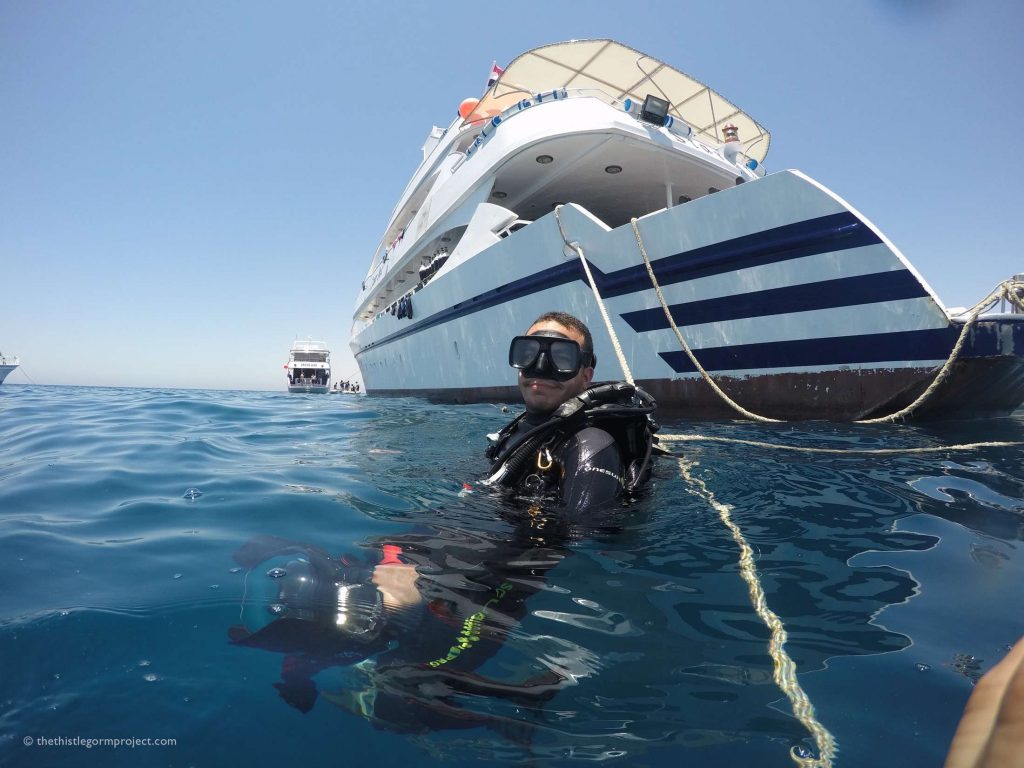
The Thistlegorm Project is a joint effort by archaeologists and imaging specialists from the University of Nottingham in the UK, Egypt's Alexandria University, and Ain Shams University in Cairo.
Video clips
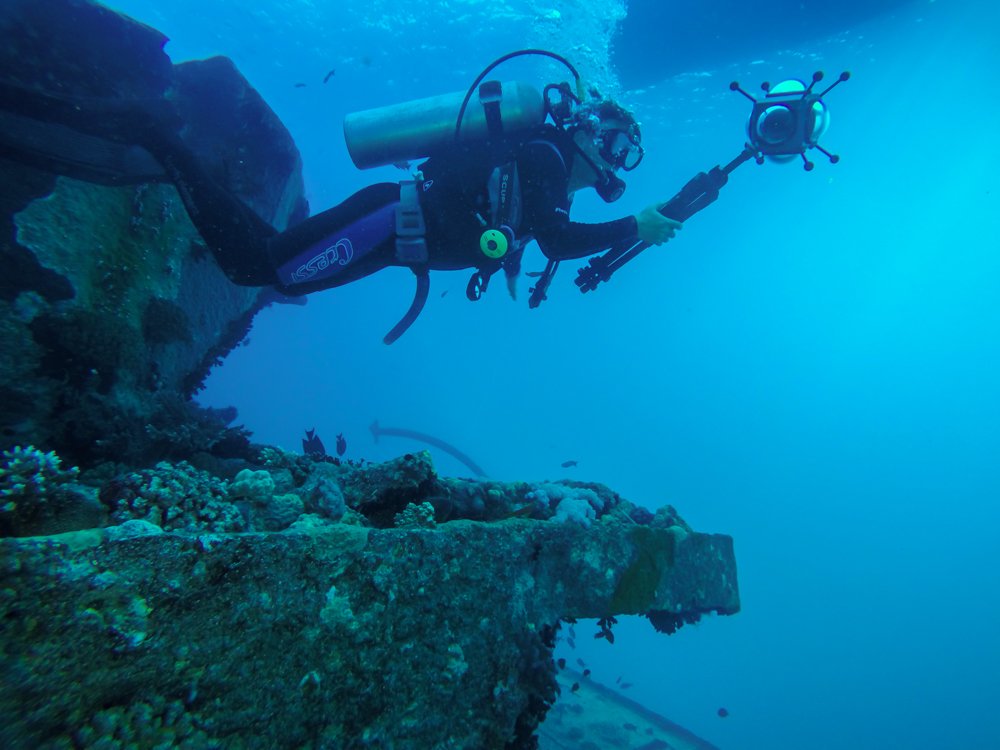
As well as the detailed 3D model based on the photogrammetric survey of the wreck, visitors to the Thistlegorm Project website can experience some of the sensations of diving at key locations on the wreck through several 360-degree video clips.
Raising awareness
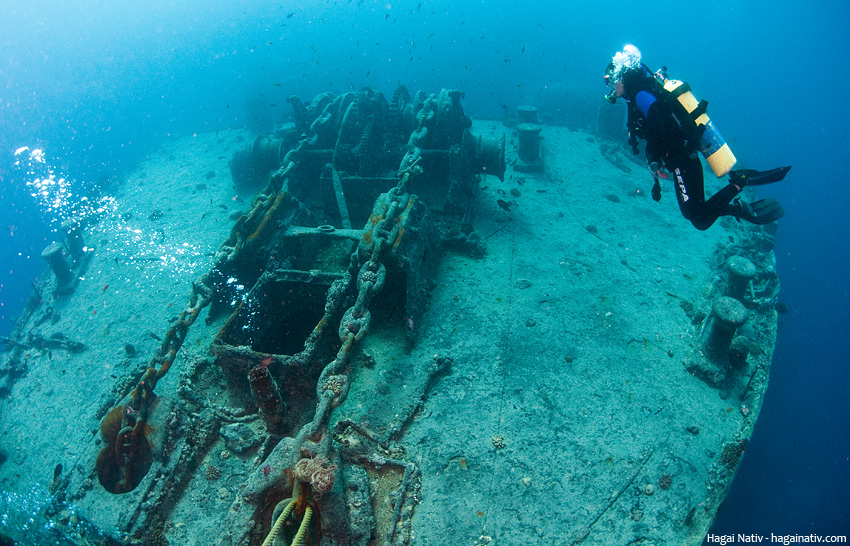
The project members hope that making the wonders of the Thistlegorm wreck accessible to an online audience will help to protect such sites by raising awareness of the underwater heritage of the region. [Read more about the SS Thistlegorm project]
Tom Metcalfe is a freelance journalist and regular Live Science contributor who is based in London in the United Kingdom. Tom writes mainly about science, space, archaeology, the Earth and the oceans. He has also written for the BBC, NBC News, National Geographic, Scientific American, Air & Space, and many others.









